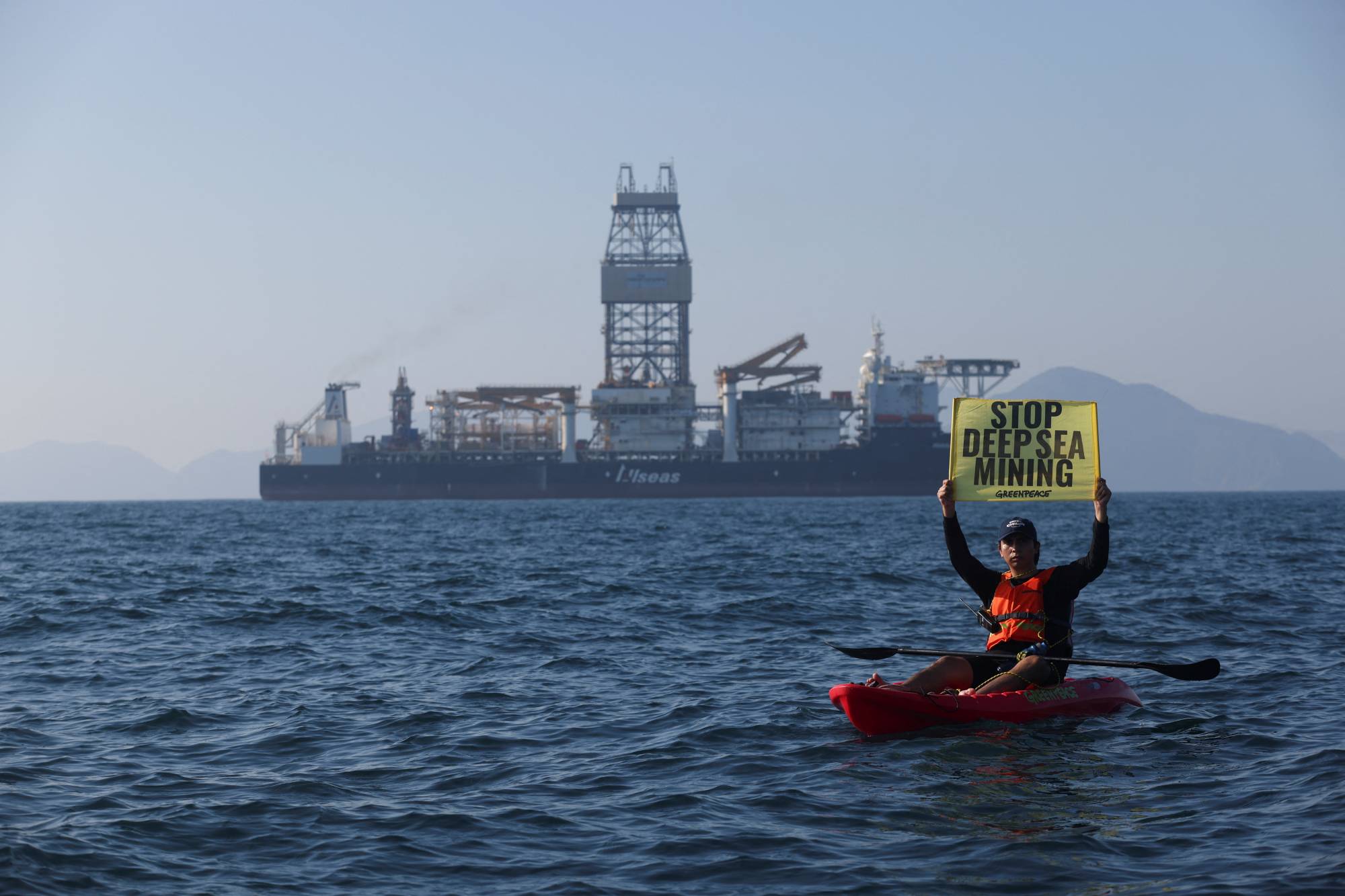In the depths of the Pacific Ocean between Mexico and Hawaii, trillions of potato-shaped rocks are scattered across the seabed — containing minerals such as nickel, cobalt and manganese vital for new green technologies in the global energy transition.
An abundance of the rocks, which are known as polymetallic nodules, in this ocean region — the Clarion-Clipperton Zone (CCZ) — is increasingly fueling debate about the mining of metals needed to produce technology such as batteries for electric vehicles.
Environmentalists say deep-sea mining could cause major damage to ecosystems that scientists know little about, yet mining companies argue that it is better for the environment than land-based extraction as part of the world's shift from fossil fuels to renewable energy.


















With your current subscription plan you can comment on stories. However, before writing your first comment, please create a display name in the Profile section of your subscriber account page.